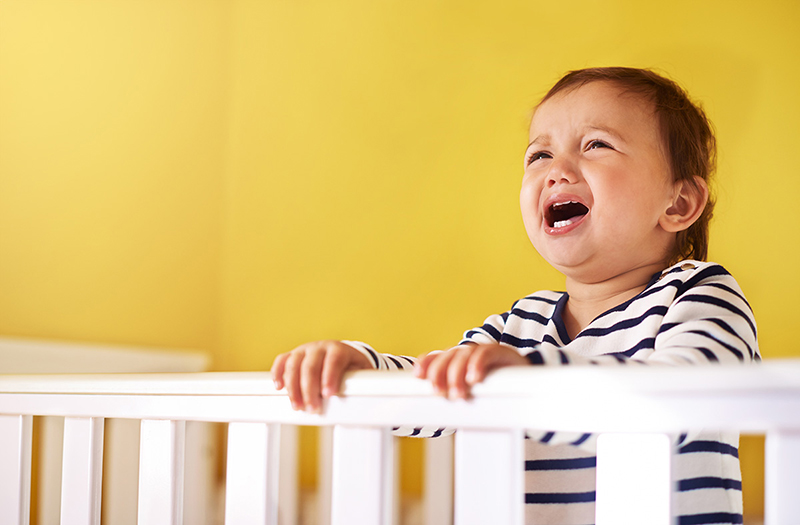
A small study funded by the National Institutes of Health suggests that sleep problems among children who have a sibling with autism spectrum disorder (ASD) may further raise the likelihood of an ASD diagnosis, compared to at-risk children who do not have difficulty sleeping. Previous research has shown that young children who have a sibling with ASD are at a higher risk for also being diagnosed with the condition. The study appears in The American Journal of Psychiatry.
If confirmed by other studies, the findings may give clinicians a tool to identify sleep problems early and provide interventions to reduce their effects on the health and development of children with autism. The findings may also provide insights into the potential role of sleep problems in the development of ASD.
The study was conducted by Annette M. Estes, Ph.D., of the University of Washington Autism Center in Seattle, and colleagues in the NIH Autism Centers of Excellence Infant Brain Imaging Study Network. NIH funding was provided by the Eunice Kennedy Shriver National Institute of Child Health and Human Development (NICHD) and the National Institute of Mental Health.
“The results are a promising lead,” said Alice Kau, Ph.D., of NICHD’s Intellectual and Developmental Disabilities Branch. “If confirmed by more in-depth studies, patterns of sleep disturbance in early life might be used to pinpoint increased risk for ASD among young children already at risk because they have a sibling with ASD.”
ASD is a neurological and developmental disorder that begins early in life and affects how a person interacts with others, communicates, and learns.
The researchers analyzed data from a long-term study of children who do and do not have siblings with ASD. When the children were 6 and 12 months of age, parents were asked to respond to an infant temperament questionnaire that asks how much difficulty their child has falling asleep at bedtime and falling back to sleep after waking up during the night. At these time intervals, the children also received MRI scans to track their brain development. At 24 months, the children were assessed for ASD.
Of the 432 children participating in the study, 305 had a sibling previously diagnosed with ASD. Of this group, 71 were also diagnosed with ASD at 24 months; while 234 children in this group did not meet the diagnostic criteria for ASD. Of the 127 children who did not have a sibling with ASD, none met the diagnostic criteria for ASD.
On average, high-risk children who met criteria for ASD scored higher for sleep problems at 6 and 12 months, compared to the other groups. These children also had more growth in the brain’s hippocampus region from 6 to 24 months, compared to high-risk children without sleep problems. This finding is notable because the hippocampus is involved in storing and retrieving memories, and previous studies in adults have linked insomnia with a smaller hippocampus volume.
The study did not look for cause and effect relationships, so the authors could not say why sleep problems were linked with larger hippocampus volume in the children who went on to meet ASD criteria. Moreover, they noted that their study could not provide information about the overall quality of the children’s sleep, such as the degree of sleep fragmentation and sleep duration. The study authors called for additional studies with more comprehensive measures of sleep to confirm their findings.
Additional support for the study was funded by Autism Speaks and the Simons Foundation.
Reference
MacDuffie KE et al. Sleep-onset problems and subcortical development in infants later diagnosed with autism spectrum disorder. The American Journal of Psychiatry. 2020.
###
About the Eunice Kennedy Shriver National Institute of Child Health and Human Development (NICHD): NICHD leads research and training to understand human development, improve reproductive health, enhance the lives of children and adolescents, and optimize abilities for all. For more information, visit https://www.nichd.nih.gov.
About the National Institutes of Health (NIH): NIH, the nation’s medical research agency, includes 27 Institutes and Centers and is a component of the U.S. Department of Health and Human Services. NIH is the primary federal agency conducting and supporting basic, clinical, and translational medical research, and is investigating the causes, treatments, and cures for both common and rare diseases. For more information about NIH and its programs, visit https://www.nih.gov.

 BACK TO TOP
BACK TO TOP